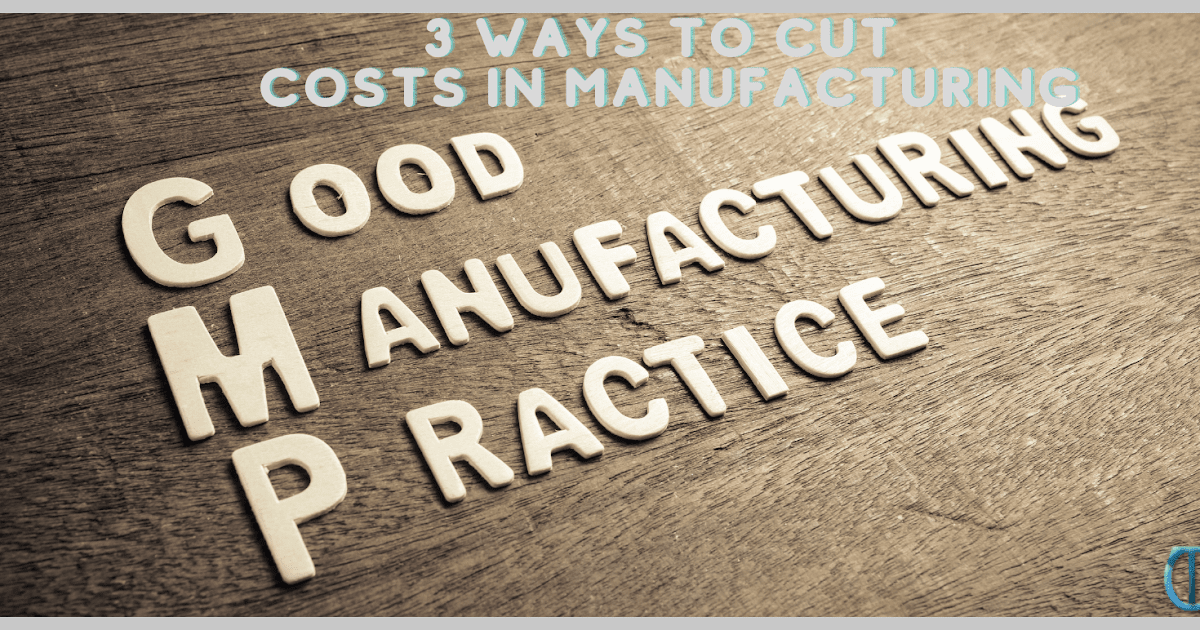Introduction
Manufacturing cost is the sum of all resources used in manufacturing a
product. One way to grow your revenue as a manufacturing business is to reduce
the costs that go into manufacturing goods and other overhead expenses. It
allows you to maximize profit and contribute significantly and positively to
the environment. This guide looks at the strategies managers and business
owners can leverage to reduce manufacturing costs.
Minimize Your Material Costs
For starters, consider cutting down your material costs. This can be achieved
by utilizing your resources and reviewing and redesigning your products and
processes. You can also search for more competitive suppliers for your
materials, where you can negotiate for
bulk discounts
or lower unit prices. Be more strategic when it comes to agreeing on the
costs. Build a rapport and a genuine relationship with the parties involved to
make your work easier when you need to negotiate again with them.
Also, remember to purchase materials as needed and avoid excessive inventory.
Also, substituting expensive materials for more affordable ones may seem like
a small change, but it can go a long way in lowering your manufacturing costs.
Labor Costs
Labor can affect your manufacturing costs both directly and indirectly. The
direct labor costs are usually associated with wages, worker benefits, income
taxes paid on behalf of the workers, retirement schemes, travel expenses,
overtime pay, and any other costs required to complete the manufacturing
process.
To reduce labor costs, review the wages and staff hours. The salaries for the
staff in any organization comprise the highest price of any manufacturing
organization. You can go ahead and check them based on the value they add and
the roles they play.
Additionally, you can use process scheduling for staff if they work shifts.
Also, consider using software tools that optimize processes for more efficient
workflow, such as
TDM software
which organizes and integrates data in all phases of planning and production.
The software provides a central access point from which you can control
everything centrally. This saves you time and cost and gives your machine
fewer times. It is also vital to optimize your employee efficiency by ensuring
you align their skills with the required tasks.
Manufacturing Overhead Costs
Overhead costs entail rent, electricity, gas bills, stationery, printing,
vehicles, security, and staff uniforms like PPEs. These costs may
significantly impact your business, however small they seem. To save money,
reducing these overheads can go a long way. For instance, review your rent
which you should do regularly.
You can downsize the area of your operation as remote working is becoming the
norm. Also, check your
maintenance budget
to ensure they are not unnecessary or excessive. Implement a maintenance
strategy for your equipment accordingly based on its lifecycle. Review the
miscellaneous cost, especially for the office supplies, to avoid overspending.
Lastly, reduce energy consumption by adopting energy-saving options or using
solar panels. You can also use renewable cooling and heating systems since
they make manufacturing less costly.
Final thoughts
It is easy to overlook small costs, but sometimes these small ones become
significant and, over time, become a burden to a company. Go ahead and get rid
of unnecessary expenses from your operations. You might want to introduce any
changes gradually and monitor their impact on your manufacturing business.











Leave a Reply